I know many of you have been waiting patiently (?) for the return of the “Offspring” photo galleries. Unfortunately I’ve been really busy with work (and life)… and I’ve been spending most of my “geek” time doing music in GarageBand or playing the Wii (i.e. losing to Fletcher at bowling), rather than getting the new photo gallery stuff set up on the site.
Fortunately for you, we’ve taken almost no new pictures since Christmas, because a) the camera’s batteries are crapping out and b) the camera has been misplaced for several weeks. So, you haven’t missed anything, really.
One of the key points in getting this set up was finding a mechanism in WordPress to restrict access: in short, I want to know who’s looking at pictures of my kids. Now I’ve found a plug-in to manage access to individual blog posts, so that’s one more hurdle jumped.
Future posts in this category will require you to be logged in. Fortunately, it’s easy to register and once you’ve done it, you should never have to do it again. (At least, not until I decide to change my site entirely again. But I don’t anticipate doing that in the near future, if only because I’m not going to have the time to mess with it!)
